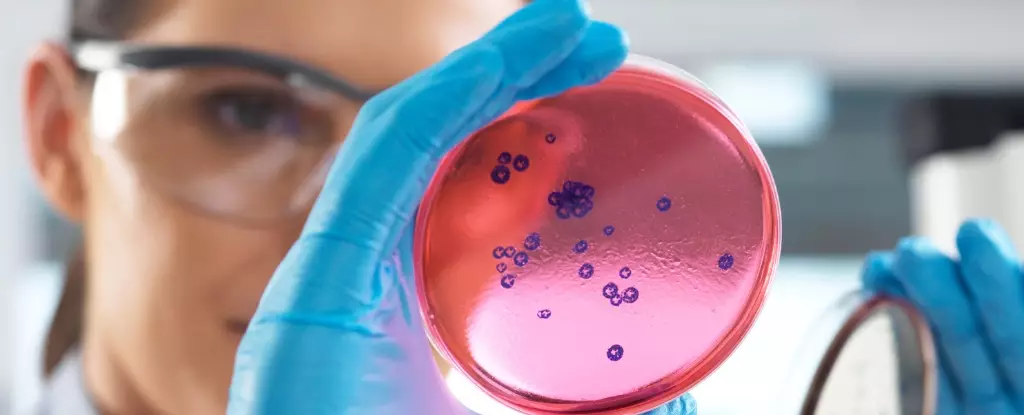In the realm of bacteria and antibiotics, the constant battle for survival and adaptation is ever-present. With the rise of drug-resistant superbugs, the search for innovative solutions has become critical. While traditional antibiotics have proven to be insufficient in combating evolving bacterial strains, a new class of dual-action antibiotics known as macrolones offers promising potential in the fight against antibacterial resistance.
Developed by a team of scientists from the US and China, macrolones are synthetic compounds derived from older antibiotics, first discovered in the 1950s. These compounds present a unique dual-action mechanism that targets key bacterial cell functions, making it significantly more difficult for bacteria to evolve resistance. By interfering with a bacteria-specific enzyme involved in DNA replication and inhibiting protein production factories, macrolones provide a multi-pronged approach to bacterial eradication.
The effectiveness of macrolones lies in their ability to target multiple bacterial pathways simultaneously. This dual-action approach prevents bacteria from developing resistance through random mutations in one of the two essential cellular functions. By hitting two targets concurrently, macrolones make it nearly impossible for bacteria to devise a genetic defense mechanism, thus reducing the likelihood of resistance formation.
Scientists at the University of Illinois Chicago (UIC) have conducted extensive research on macrolones to elucidate their molecular features and mechanisms of action. Through the synthesis of new macrolone compounds and structural analysis, researchers discovered the unique killing mechanism of these antibiotics. The ability of macrolones to eliminate bacteria without activating known resistance genes and their enhanced efficacy against drug-resistant superbugs such as Streptococcus pneumoniae showcase the potential of these dual-action treatments.
While the development of macrolones represents a significant advancement in the field of antibacterial research, there is still work to be done to maximize their efficacy and combat bacterial resistance effectively. While resistance may seem “nearly impossible” based on current estimates, scientists emphasize the need for continued vigilance and research to stay ahead of evolving bacterial strains. The understanding gained from studying macrolones provides valuable insights for future antibiotic development and highlights the importance of pursuing innovative strategies in the ongoing battle against antibacterial resistance.
The emergence of dual-action antibiotics such as macrolones signifies a new era in antibacterial treatment. By targeting multiple cellular pathways and minimizing the likelihood of resistance development, these innovative compounds offer a potent weapon against drug-resistant bacteria. As researchers continue to explore the full potential of macrolones and refine their mechanisms of action, the future of antibiotic therapy holds promise in overcoming the challenges posed by evolving bacterial threats.


Leave a Reply